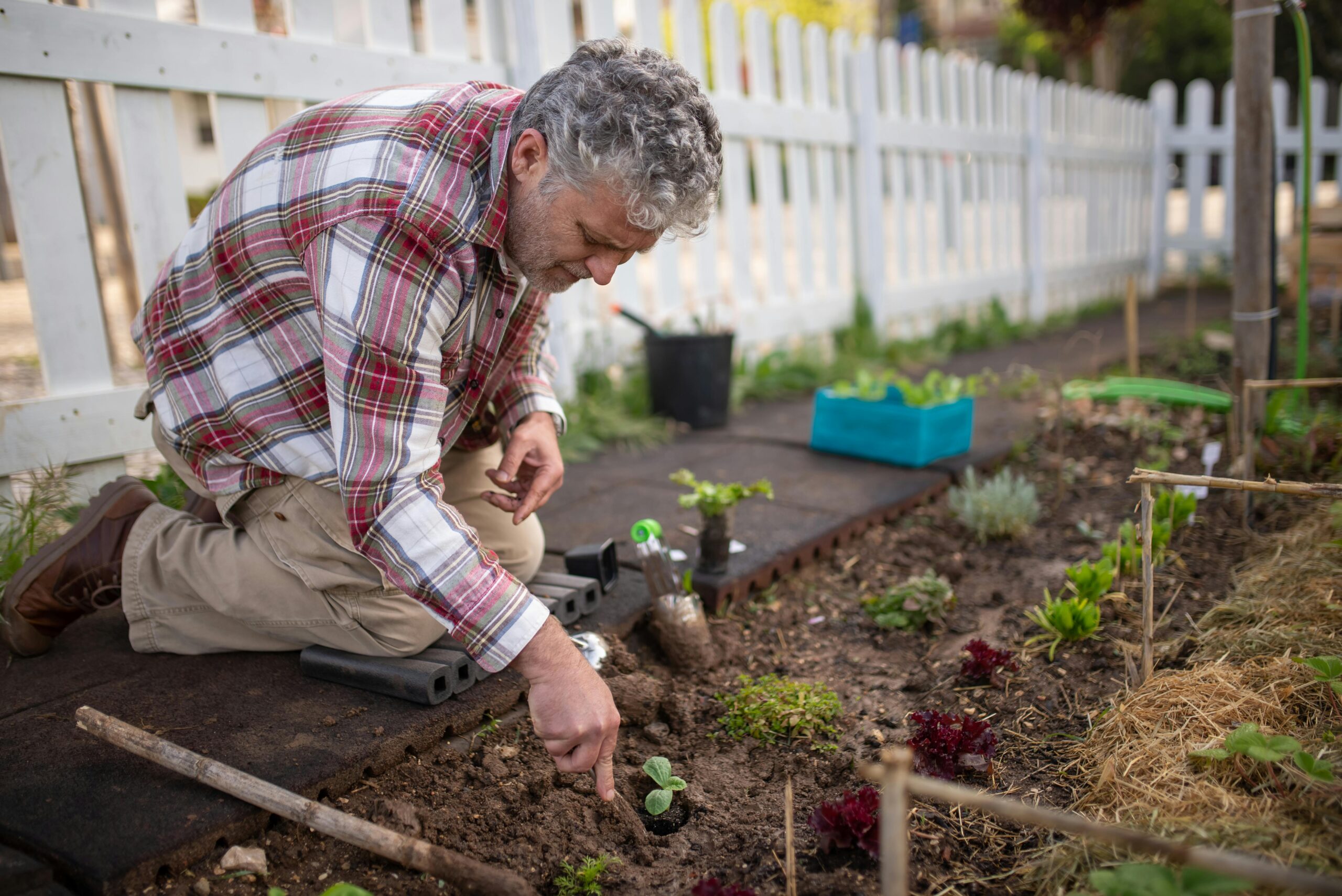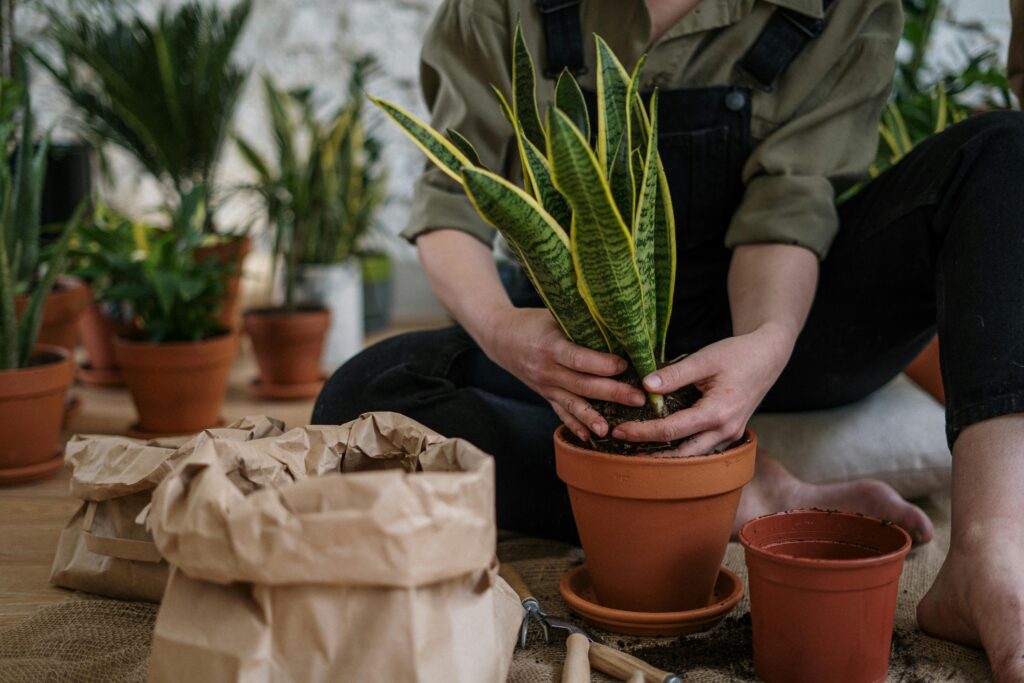
Imagine standing in your backyard on a warm spring morning, the sun casting golden hues over a patchy, tired lawn that’s seen better days. You’ve tried watering more, fertilizing diligently, even mowing religiously, yet the grass stubbornly refuses to thrive. You’re not alone, many lawn enthusiasts face this frustrating challenge every season. But what if the secret to a vibrant, healthy lawn lies in two simple yet transformative techniques: aerating and seeding?
In the quest for a perfect lawn, the terms “aerating” and “seeding” often surface, sometimes causing confusion about their true benefits and best practices. Seeding, in particular, is a key component that many overlook despite its incredible power to rejuvenate and thicken your grass. Coupled with aerating, it creates an environment that promotes robust growth and strengthens your turf’s resilience against drought, pests, and disease.
This article will dive deep into why aerating and seeding improves lawn health and growth, unraveling how these methods work hand in hand to breathe new life into your yard. You’ll learn the science behind soil compaction and nutrient absorption, discover when and how to aerate and seed effectively, and gain practical tips to ensure your lawn not only survives but flourishes.
By the end of this read, the mystery surrounding seeding will be clear, and you’ll have actionable steps to harness its power alongside aerating, turning your patchy, lackluster grass into a lush, green carpet that’s the envy of the neighborhood. Whether you’re a seasoned gardener or a weekend warrior, understanding the magic of seeding in tandem with aerating is the crucial next step toward achieving a lawn that’s as healthy as it is beautiful.
Why Seeding is More Important Than You Think for a Thriving Lawn
When we talk about achieving a lush, green, and healthy lawn, the word “seeding” might sound simple, but its impact is truly profound. Seeding, in the context of lawn care, refers to the process of planting grass seeds to either start a new lawn or to fill in bare or thinning patches of an existing one. But why is seeding so crucial, especially when paired with aerating? Understanding seeding’s role can transform the way you approach lawn maintenance and radically improve your outdoor space’s vitality.
Seeding is important because it helps rejuvenate the grass by introducing new, healthy seeds that grow strong roots and thicker blades. Over time, a lawn experiences wear and tear from foot traffic, weather conditions, and pests. These factors can cause patchy grass, thin coverage, and weakened turf. Without proper attention, your lawn can become susceptible to weeds, erosion, and disease. That’s where seeding becomes an essential tool in restoring and enhancing the lawn’s density and overall health.
Statistics back up the value of seeding. According to a survey by the National Association of Landscape Professionals, lawns that undergo regular overseeding practices see an average increase in grass density by up to 30% over a single growing season. Additionally, the USDA notes that lawns with proper seeding and maintenance have significantly lower weed infestation rates, improving the lawn’s aesthetics and reducing the need for chemical treatments.
A practical example comes from the experience of homeowners in the Midwest, where seasonal changes can severely thin the lawn. Take the story of Sarah and Mark, who noticed their yard was turning brown and patchy each year after harsh winters. Interested in reviving their lawn, they implemented a scheduled aerating and seeding routine in early spring. Within months, their lawn began to thicken, with fresh green shoots replacing bare soil. By the end of the growing season, their yard had transformed into a soft, resilient carpet that withstood summer droughts and heavy foot traffic. Their success story underscores the power of seeding combined with aerating to breathe new life into struggling lawns.
In essence, seeding is more than just planting grass, it’s about investing in your lawn’s future resilience and beauty. When you understand its importance and integrate it thoughtfully with other lawn care practices like aerating, you set the stage for a healthier, more vibrant yard that you can enjoy year-round.
Tips for Effective Seeding: Why Aerating and Seeding Improves Lawn Health and Growth
✅ Aerate before seeding: Aerating creates small holes in the soil, allowing water, nutrients, and air to reach grassroots more effectively, which prepares the lawn for better seed germination.
✅ Choose the right seed: Select a grass seed variety suited to your climate and soil type to ensure strong growth and a lush lawn after seeding.
✅ Seed at the right time: For most lawns, early fall or spring is ideal for seeding because of moderate temperatures and adequate moisture, encouraging optimal seed germination.
✅ Keep soil moist: Consistently water the lawn after seeding to keep the soil moist but not soggy, which helps seeds sprout without drying out or rotting.
✅ Use starter fertilizer: Applying a starter fertilizer high in phosphorus at seeding time helps new grass roots develop strong and healthy, supporting rapid growth.
✅ Manage foot traffic: Limit walking or playing on the lawn after seeding to avoid disturbing new seedlings and ensure they establish without damage.
✅ Mow carefully: Don’t mow until new grass reaches about 3 inches tall, and keep mower blades sharp to avoid pulling out young seedlings.
✅ Overseed annually: Regular overseeding keeps your lawn dense and crowd out weeds, improving overall turf health and resilience over time.
💡 Extra tip: Combine aeration and seeding with dethatching if your lawn has excess thatch buildup, as this will improve seed-to-soil contact and promote vigorous grass growth.

Key Concepts
Understanding seeding in the context of lawn care involves delving into its fundamental role as a catalyst for healthier, more robust turf. Seeding, at its core, is the intentional act of introducing grass seeds to a lawn, aiming to fill in bare spots, thicken existing grass, or entirely rejuvenate a tired landscape. Yet, beneath this simple definition lies a tapestry of biological, ecological, and horticultural principles that elevate seeding from mere sowing to a strategic maneuver in lawn revitalization.
Imagine your lawn as a concert hall. The grass blades are musicians , some playing their parts with vibrant energy, others wilting or absent altogether. Seeding acts like adding new virtuosos to the ensemble, ensuring that every note in the symphony of sunlight, water, and soil nutrients is beautifully played. The introduction of fresh seeds invigorates the community of grass plants, enabling better resistance to pests, diseases, and environmental stressors. This boost in density is not just aesthetic; it fundamentally transforms the lawn’s ability to photosynthesize effectively, retain moisture, and defend against soil erosion.
From a biological perspective, seeding fosters biodiversity within the soil-root ecosystem. Each seed carries the genetic potential for resilience and vigor. When these seeds germinate, their roots begin an intricate dance with microscopic organisms, mycorrhizal fungi, nitrogen-fixing bacteria, and countless microbes, that collectively enhance nutrient uptake and soil structure. This underground synergy might seem invisible, yet it’s the very foundation upon which a dynamic and sustainable lawn is built.
The relationship between seeding and aerating is another crucial concept. Aerating, which involves perforating the soil to allow air, water, and nutrients to reach grassroots, essentially preps the “bed” where seeds are sown. Without this crucial step, seeds often fall on hard, compacted soil where germination rates can be disappointingly low. Think of aeration as tilling a stubborn canvas, making it more pliable and receptive, while seeding is the artist applying fresh color. Together, they create a harmonious environment conducive to both seedling establishment and mature grass health.
Additionally, the timing and type of seeds introduced during seeding are embedded with strategic significance. Different grass varieties thrive under varying temperatures, moisture levels, and soil conditions. For instance, cool-season grasses like Kentucky bluegrass or fescues favor temperate climates and can invigorate a lawn when sown during early fall. Conversely, warm-season grasses like Bermuda or Zoysia flourish in hotter climates and benefit from late spring or early summer seeding. This nuanced understanding of seed selection and seasonal timing elevates seeding from a routine chore to an informed act of cultivation, tailored to the microclimate of the lawn.
Furthermore, seeding impacts the lawn’s lifecycle in a graceful, cyclical manner. As mature grass ages, it naturally thins, creating vulnerabilities for weeds or bare patches. Seeding introduces new life cycles into this continuum, keeping the ecosystem in balance. Each seed germinated is like a new chapter in the ongoing story of your lawn’s development , one that promises rejuvenation and resilience. This cyclical reinforcement ensures that the lawn doesn’t degrade into a patchy, lifeless carpet but remains a verdant, thriving space year after year.
In a metaphorical sense, think of seeding as investing in the future, planting the proverbial acorn that will grow into a majestic oak. The effort might seem small initially, but its long-term payoff is monumental: a lush, durable lawn that withstands the trials of weather, foot traffic, and time itself. It’s the quiet hero behind that emerald tapestry that comforts our feet and delights our eyes.
In conclusion, seeding is far more than scattering grass seeds; it embodies a profound interaction between soil, seed, air, and water, orchestrated thoughtfully to renew and sustain lawn vitality. Through nourishing the roots and expanding the grass population, seeding acts as an essential conduit for a healthier, more resilient turf , particularly when paired synergistically with aeration techniques. The next time you gaze upon a neatly manicured lawn, remember the hidden story of seeding driving its unseen renaissance.
Frequently Asked Questions about Seeding
❓ What is seeding and why is it important for lawn health?
Seeding, also known as overseeding, is the process of spreading grass seed over your existing lawn to promote thicker, healthier turf. It is important because it fills in bare spots, improves grass density, and helps outcompete weeds, ultimately leading to a lush, green lawn.
❓ How does seeding work together with aerating to improve lawn growth?
Aerating creates small holes in the soil, allowing air, water, and nutrients to penetrate deeply. When you seed immediately after aerating, the seeds can settle into these holes, ensuring better soil contact and higher germination rates. This combination maximizes root development and lawn resilience.
❓ When is the best time to seed and aerate my lawn?
The ideal time to aerate and seed depends on your grass type, but typically early fall or spring are best. Cooler temperatures and increased rainfall during these seasons enhance seed germination and reduce stress on new grass, giving your lawn the best chance to establish strong roots.
❓ Can I seed without aerating, and will it be as effective?
While you can seed without aerating, the results may not be as good. Aeration loosens compacted soil, which improves seed-to-soil contact and nutrient absorption. Without aeration, seed germination and overall lawn health might be compromised, especially in compacted or heavy clay soils.
❓ How long does it take to see improvements after seeding and aerating?
You can usually start seeing new grass growth within 2 to 3 weeks after seeding and aerating, depending on seed type and weather conditions. Full lawn recovery and thickening may take several months, but consistent care during this period will lead to a healthier, more vibrant lawn.
